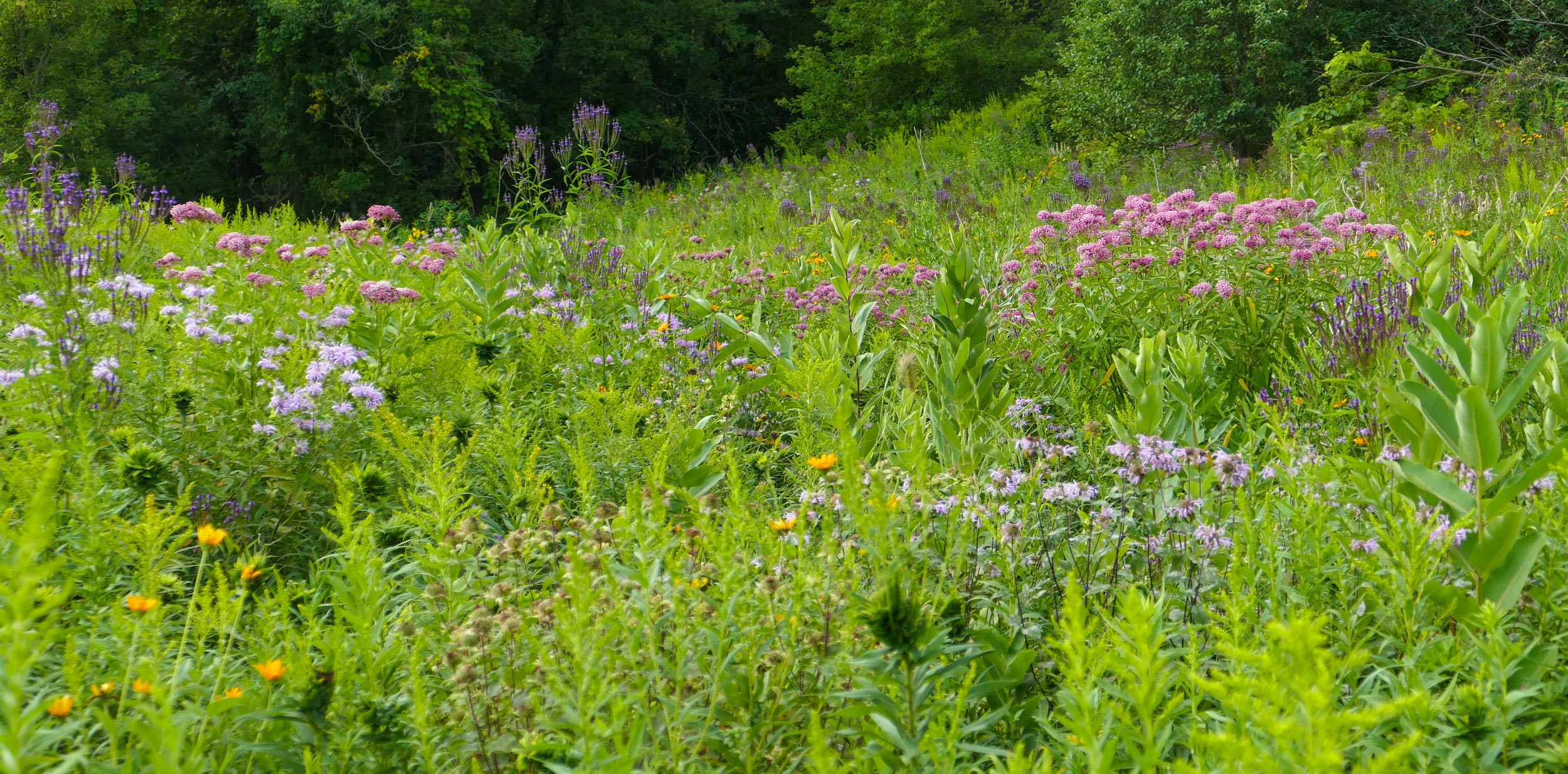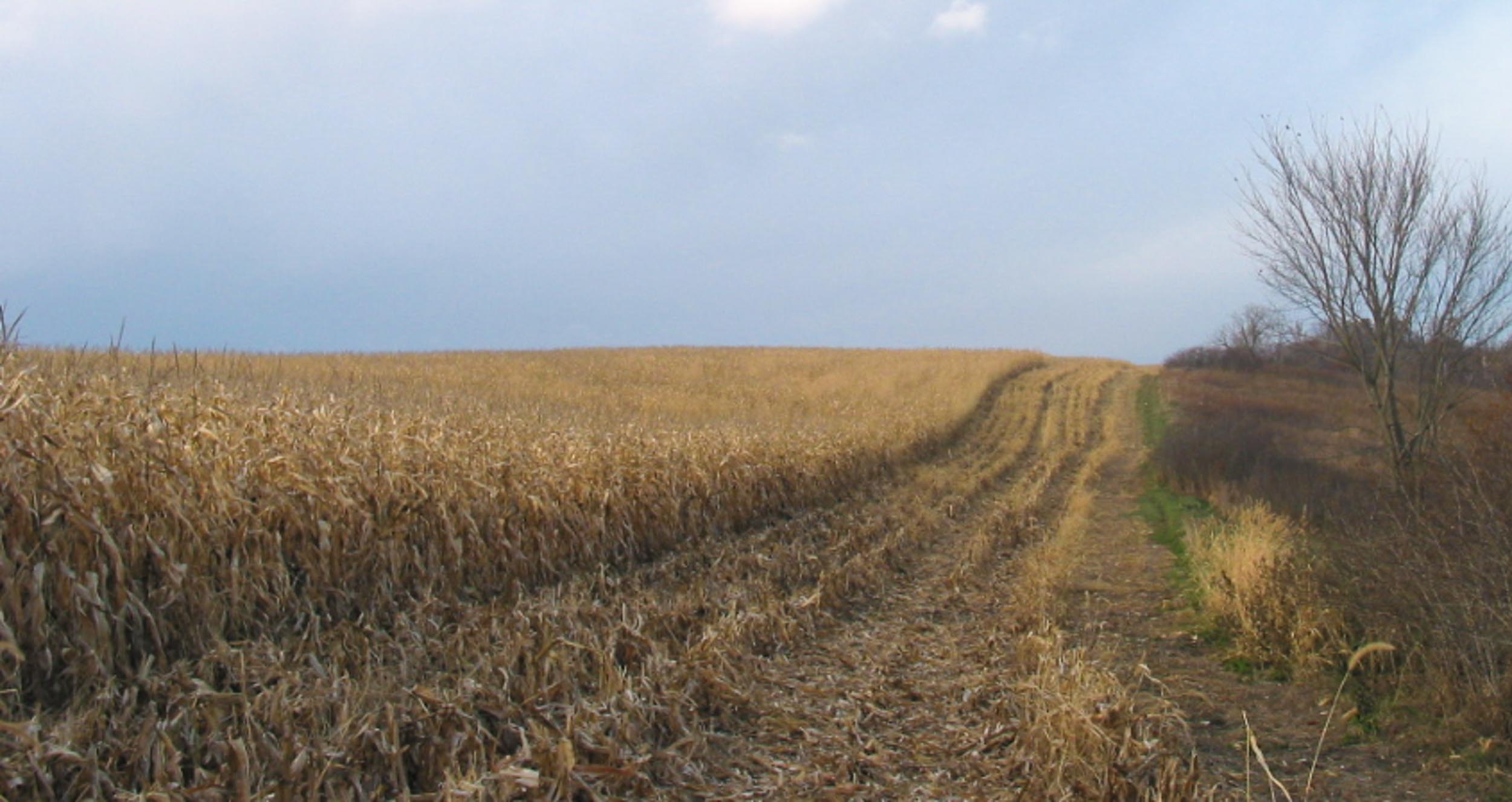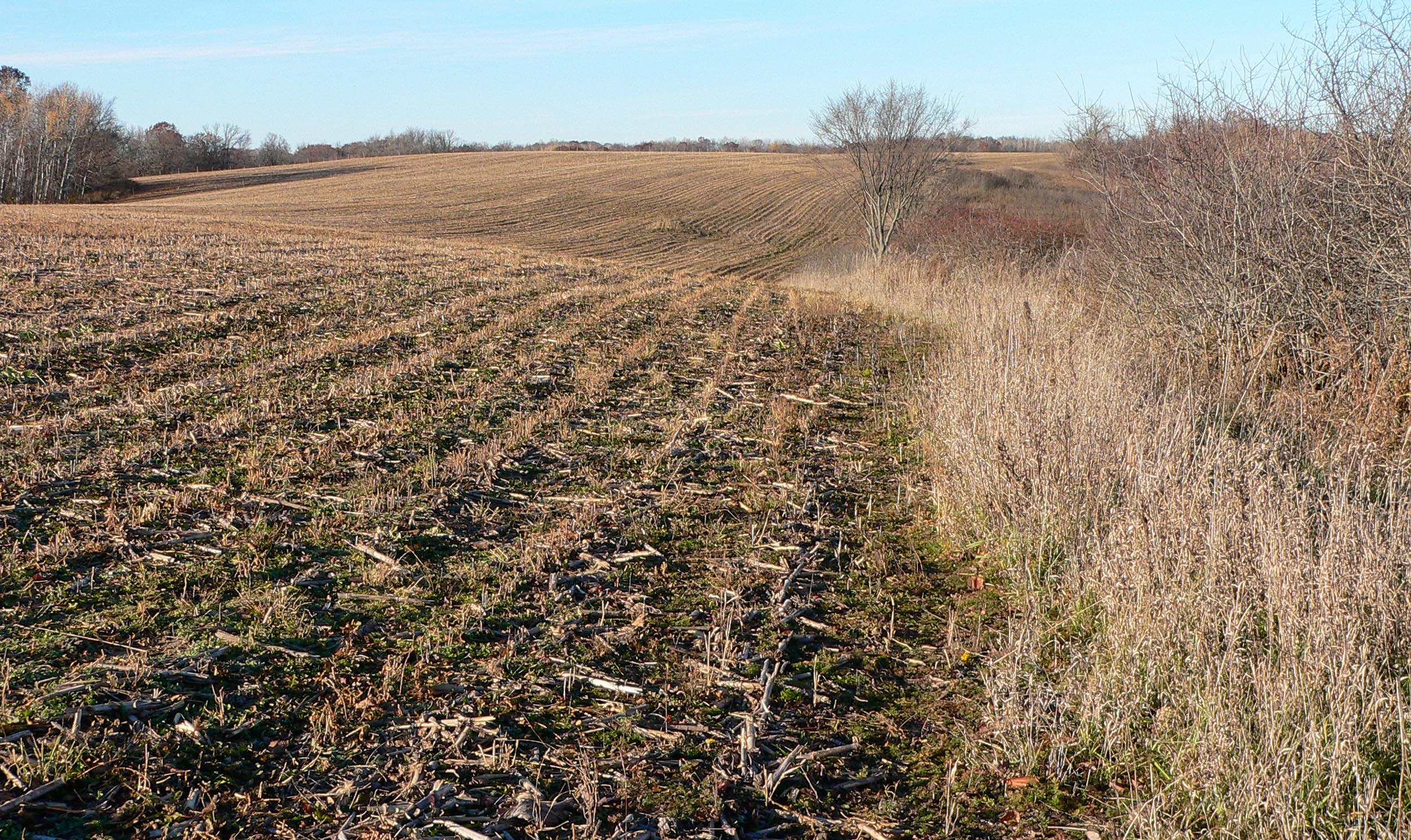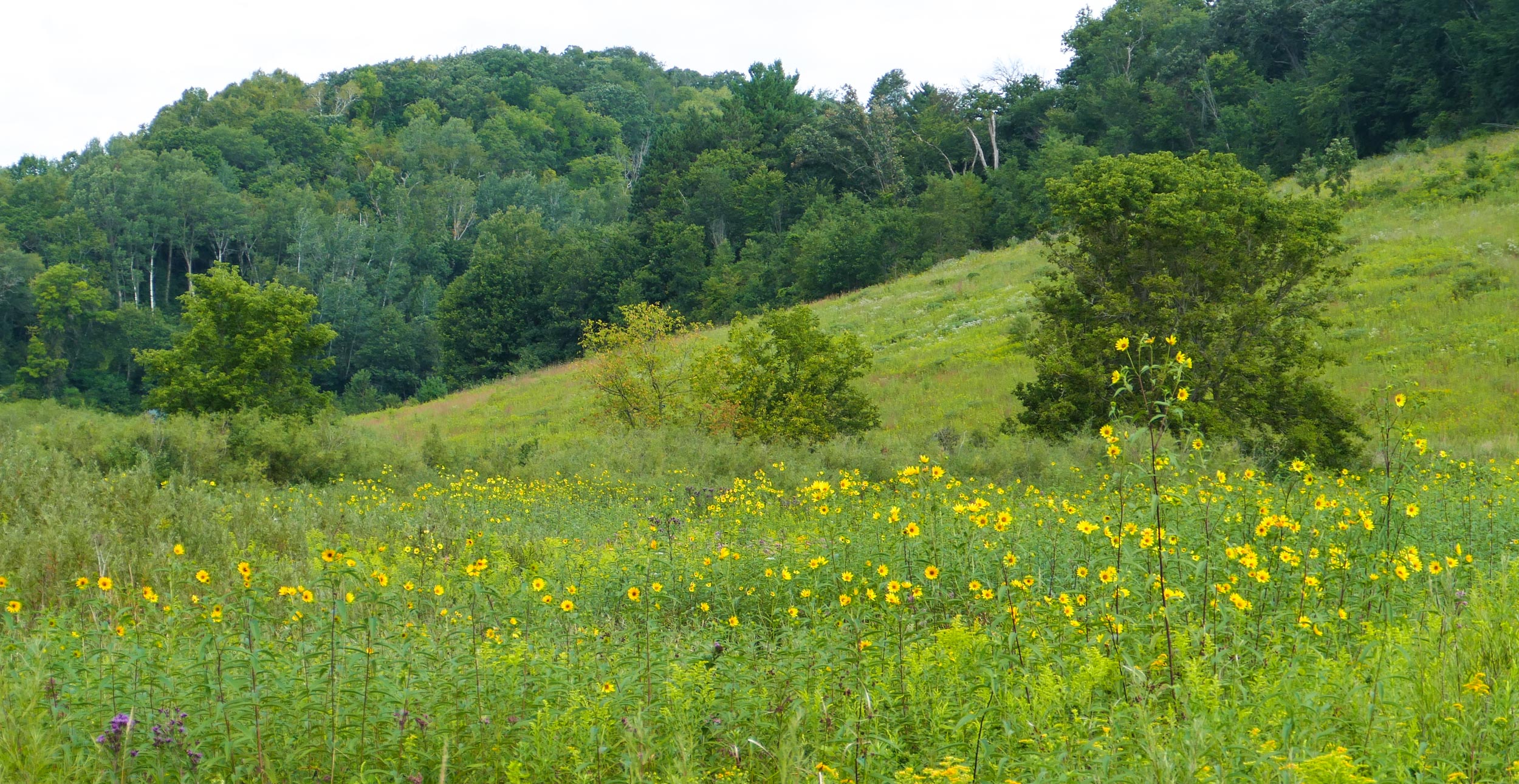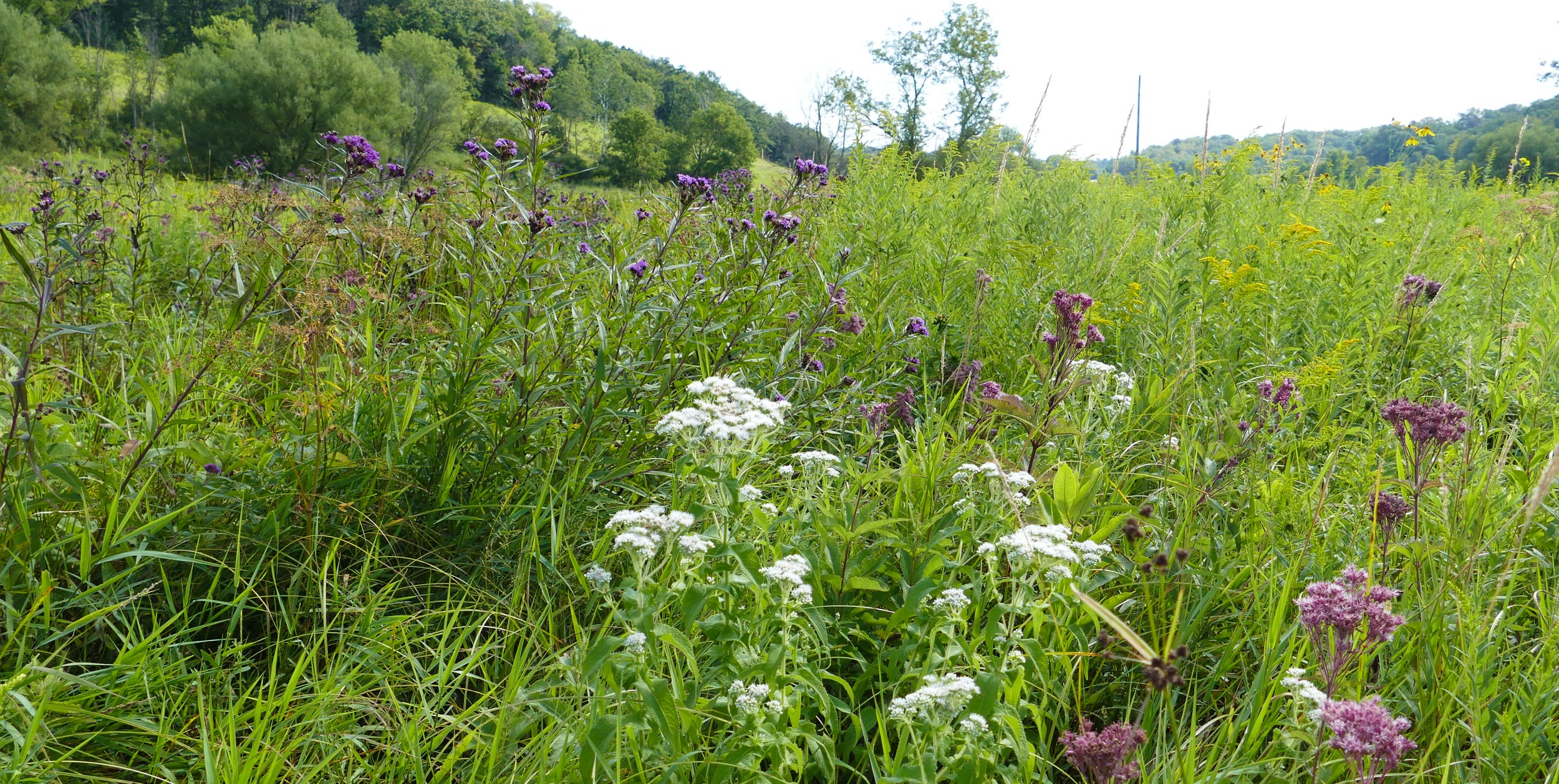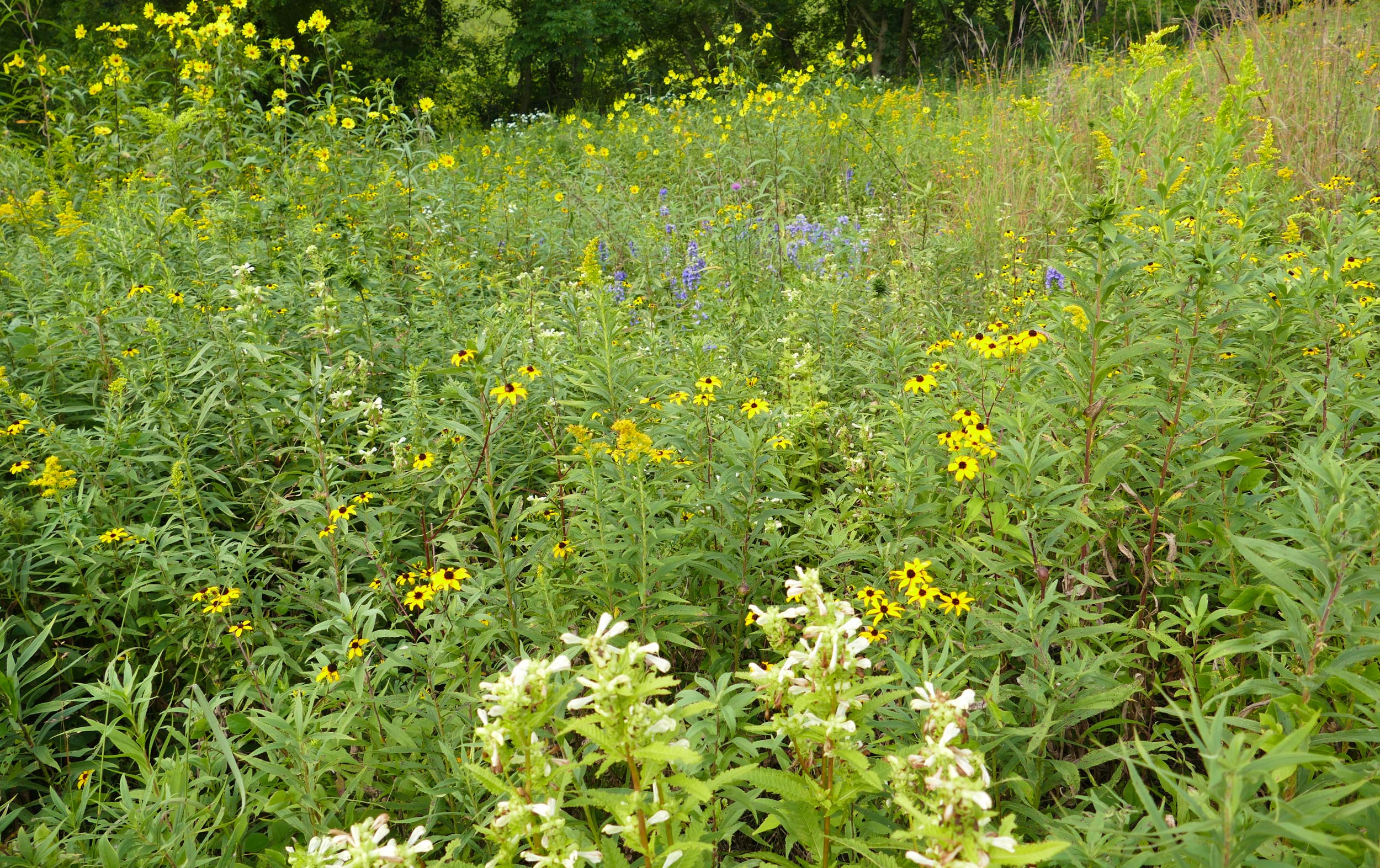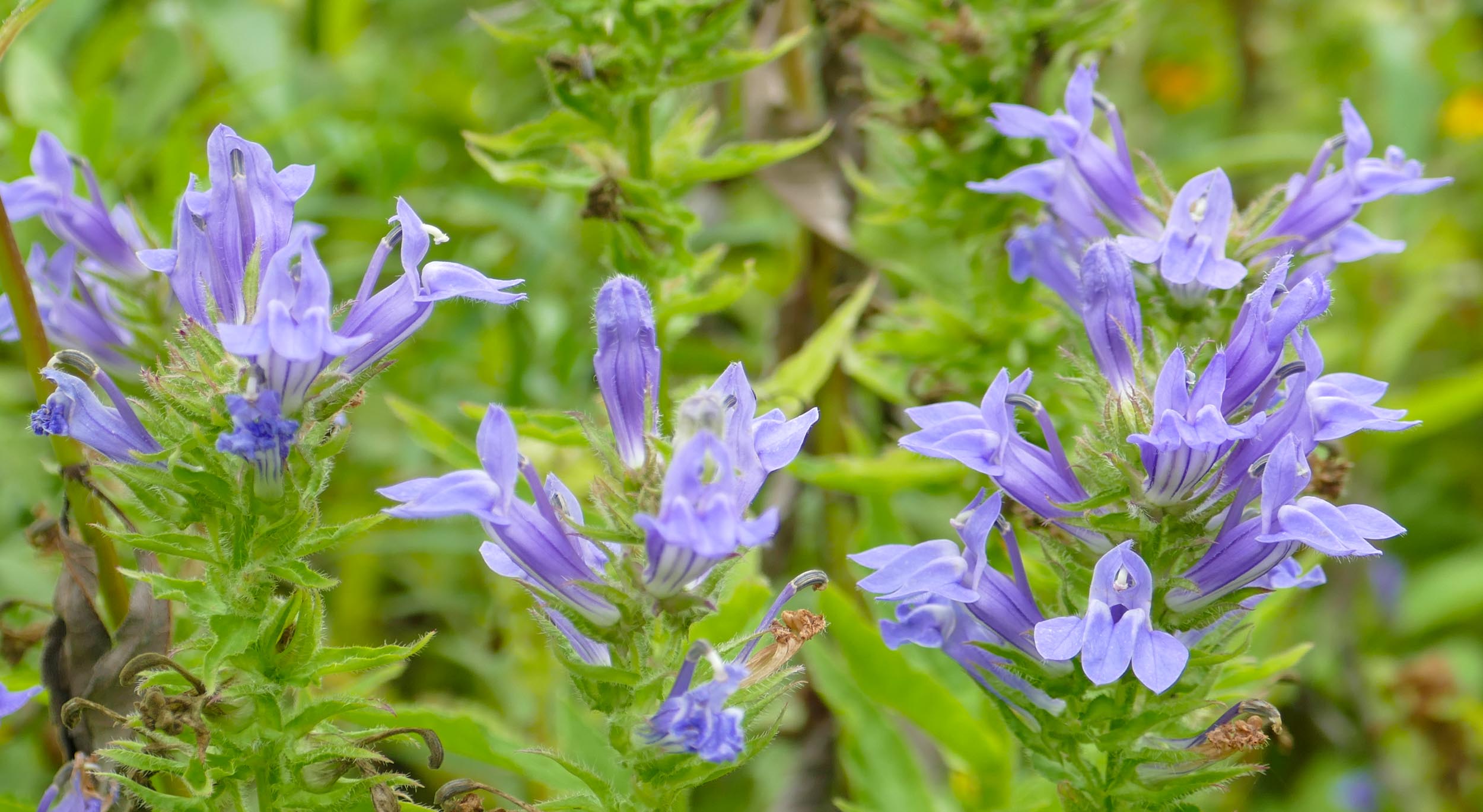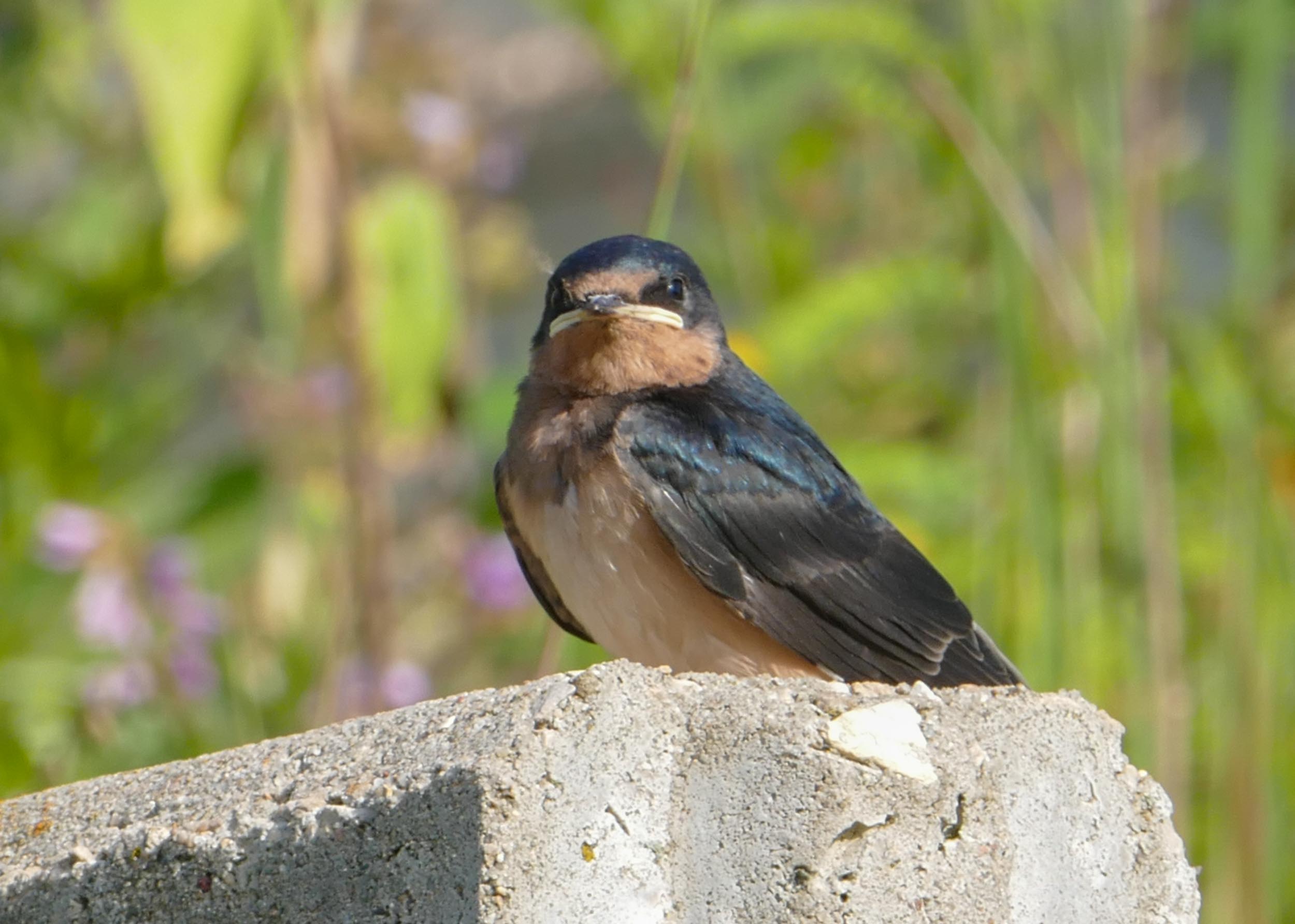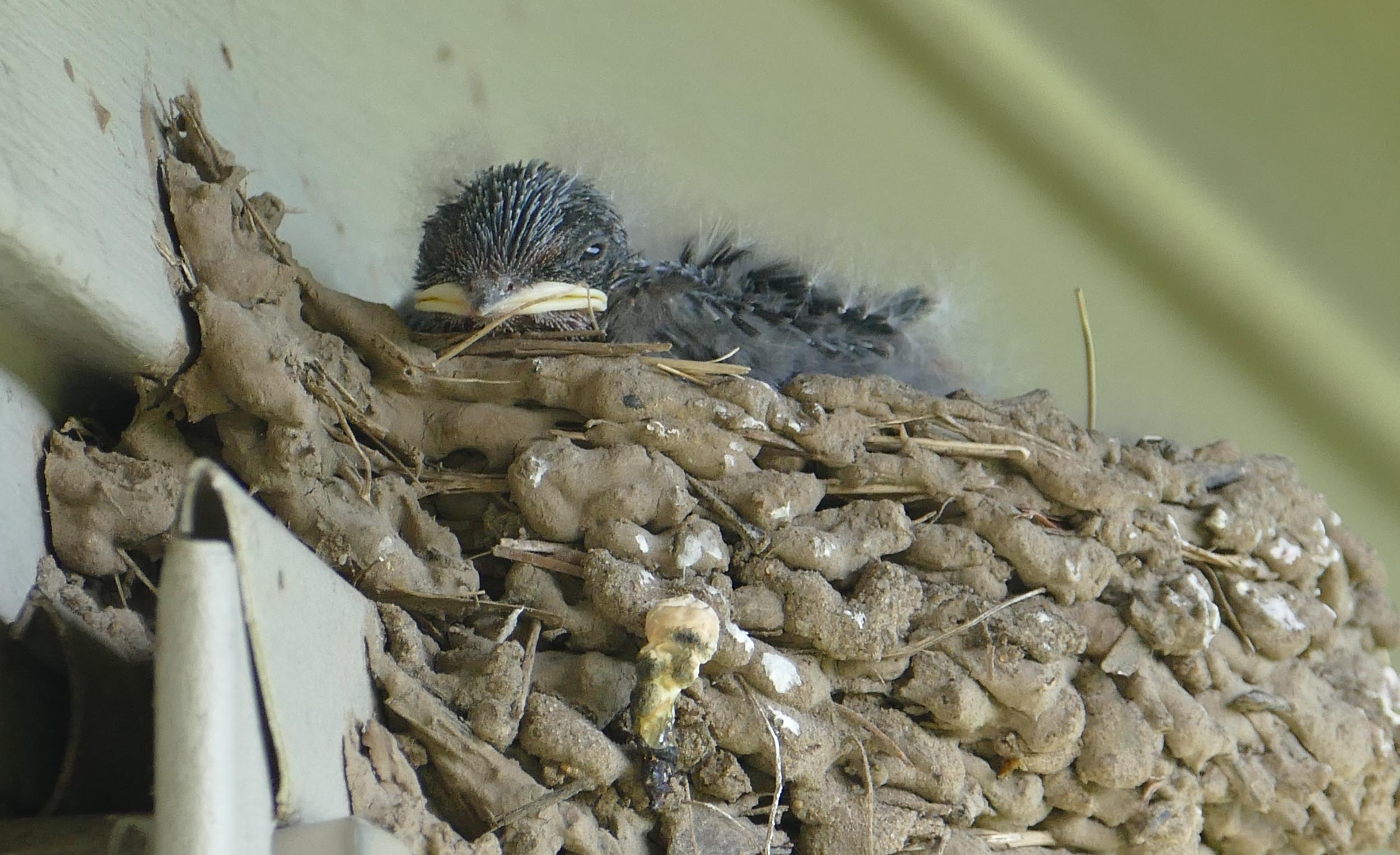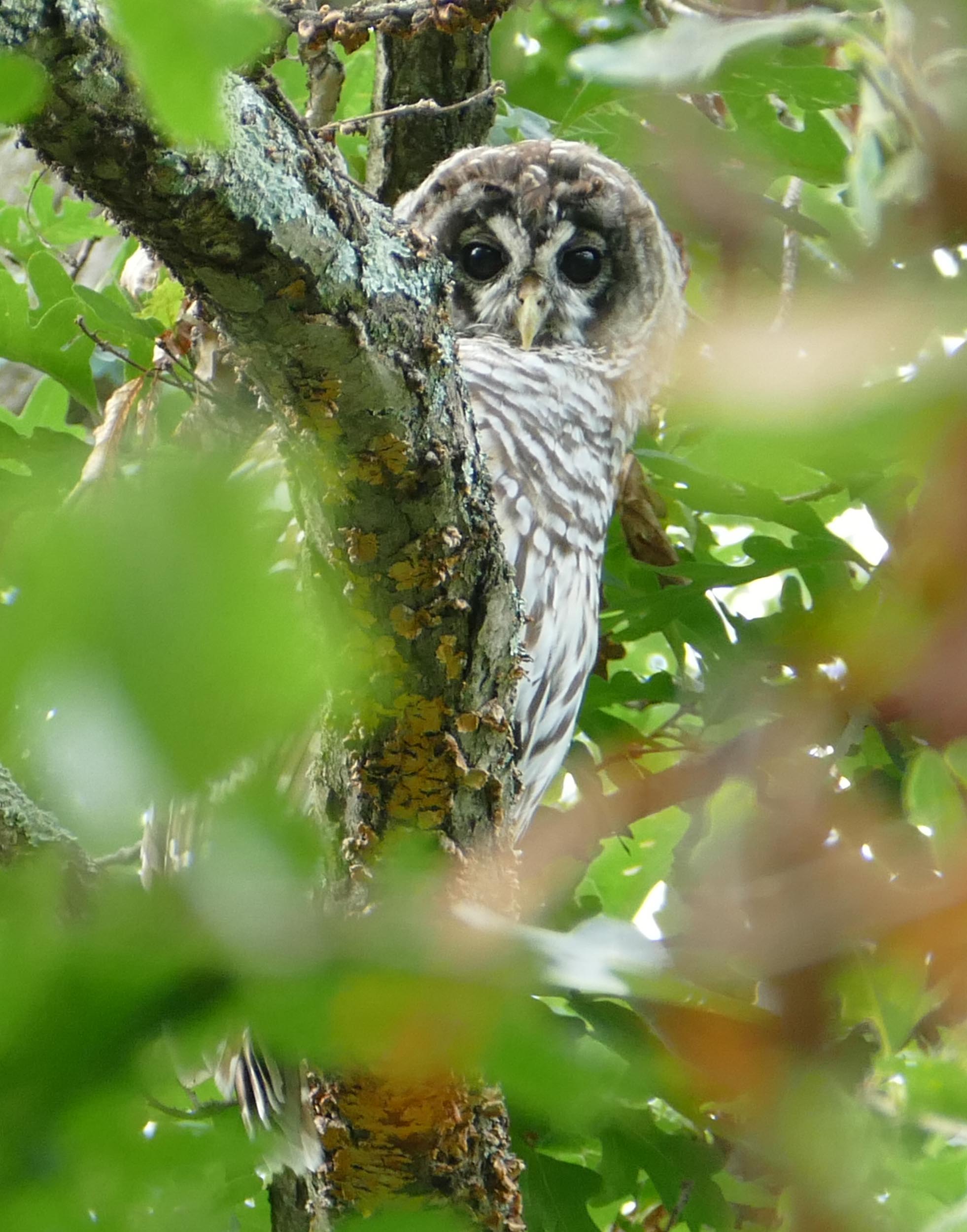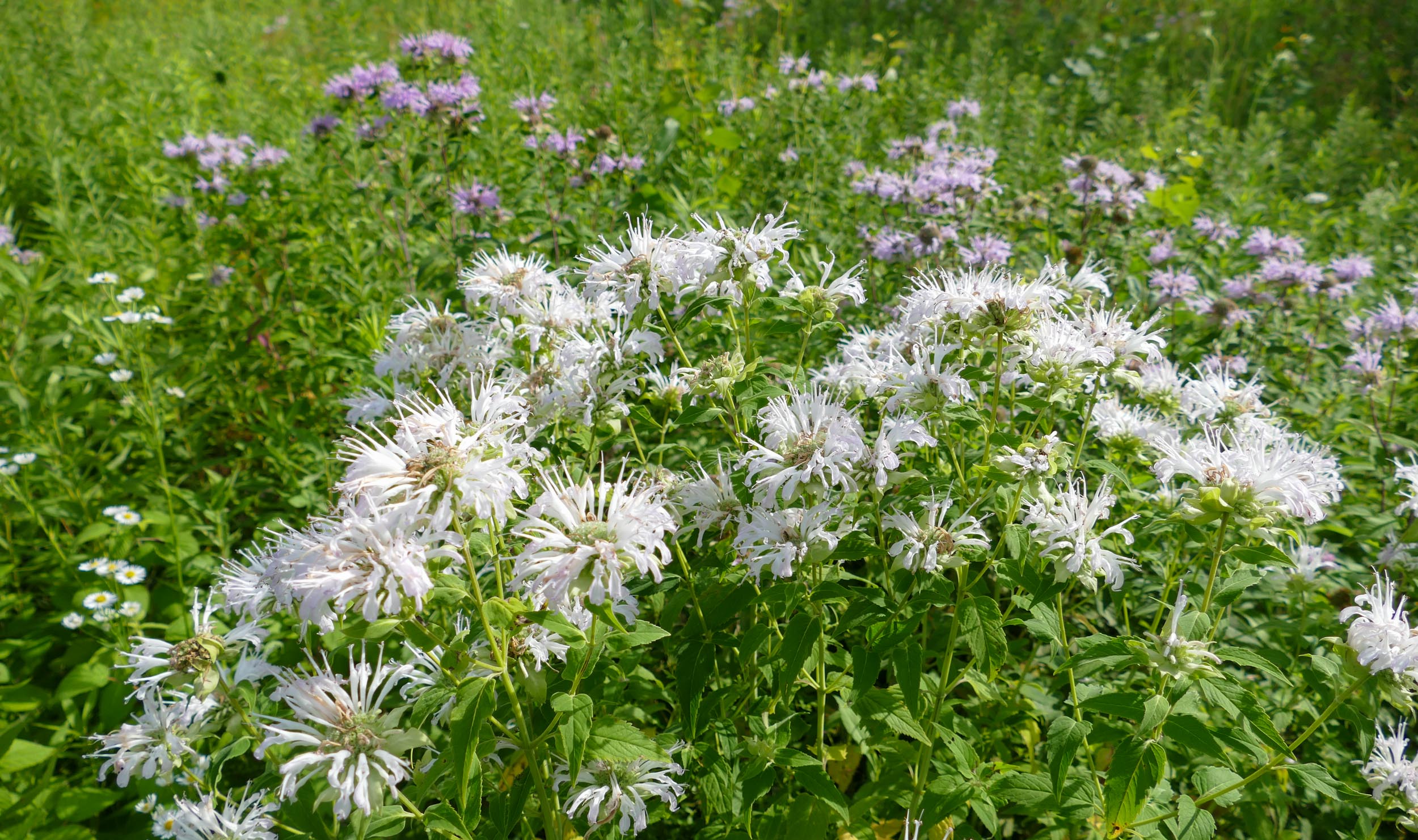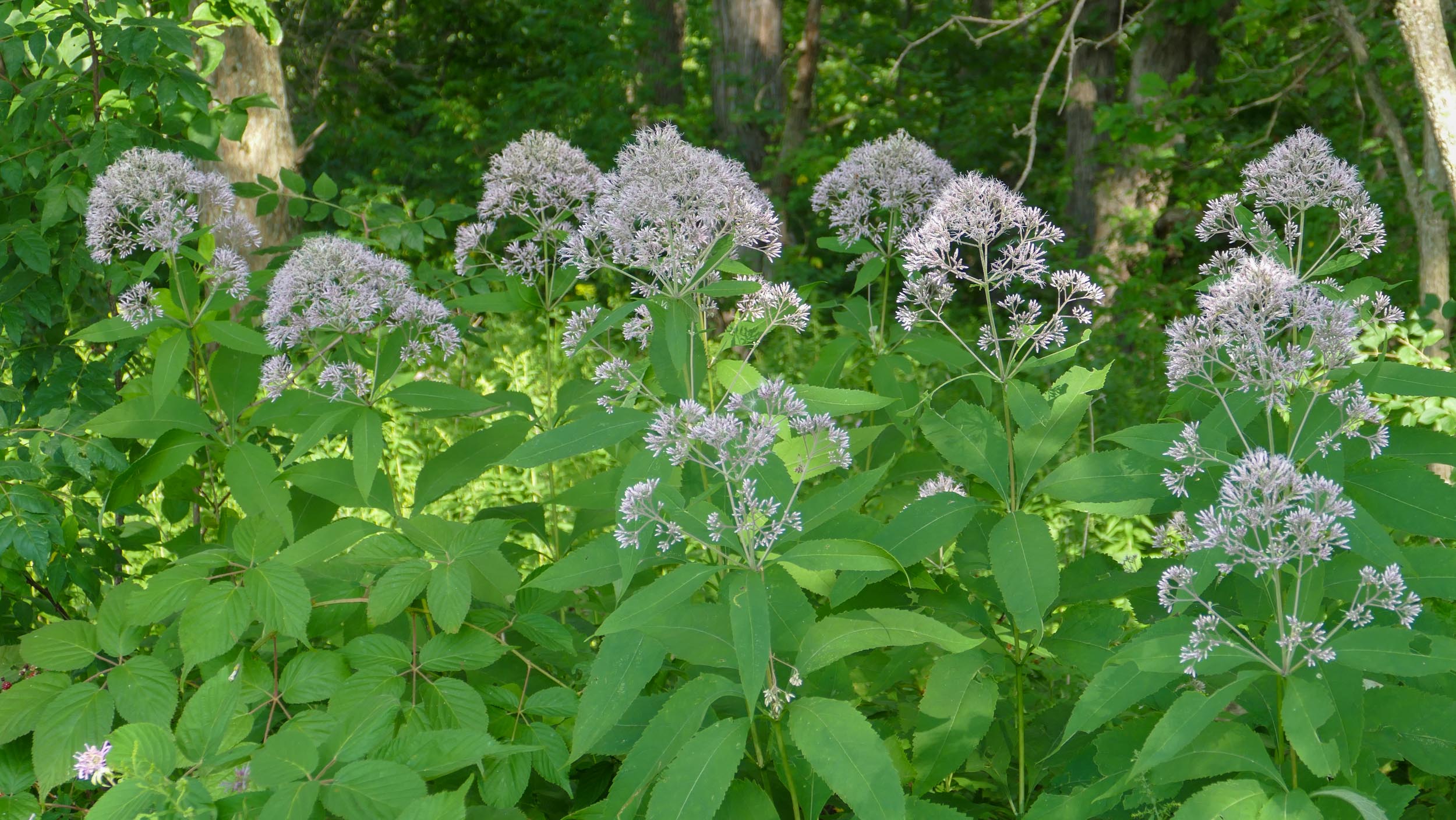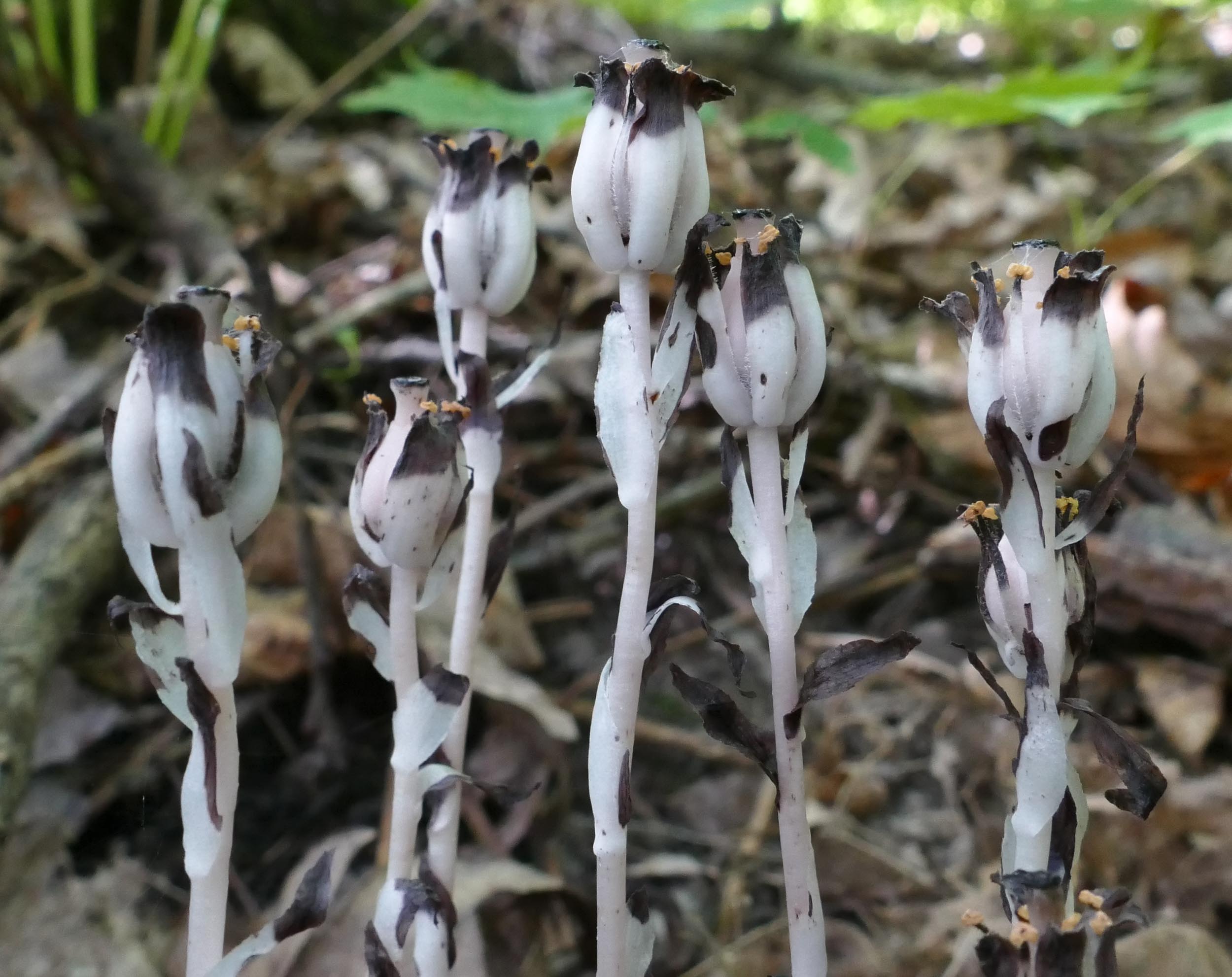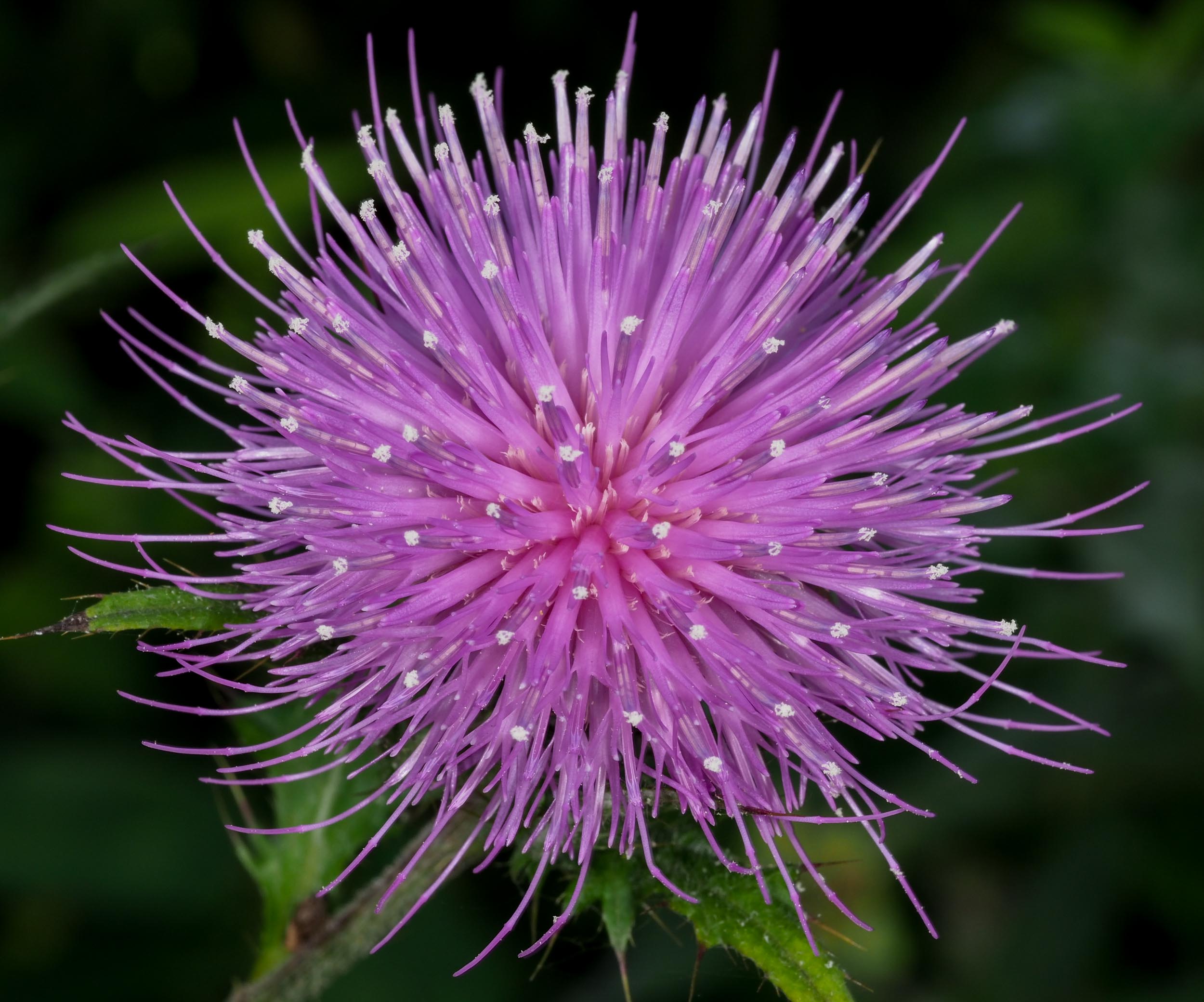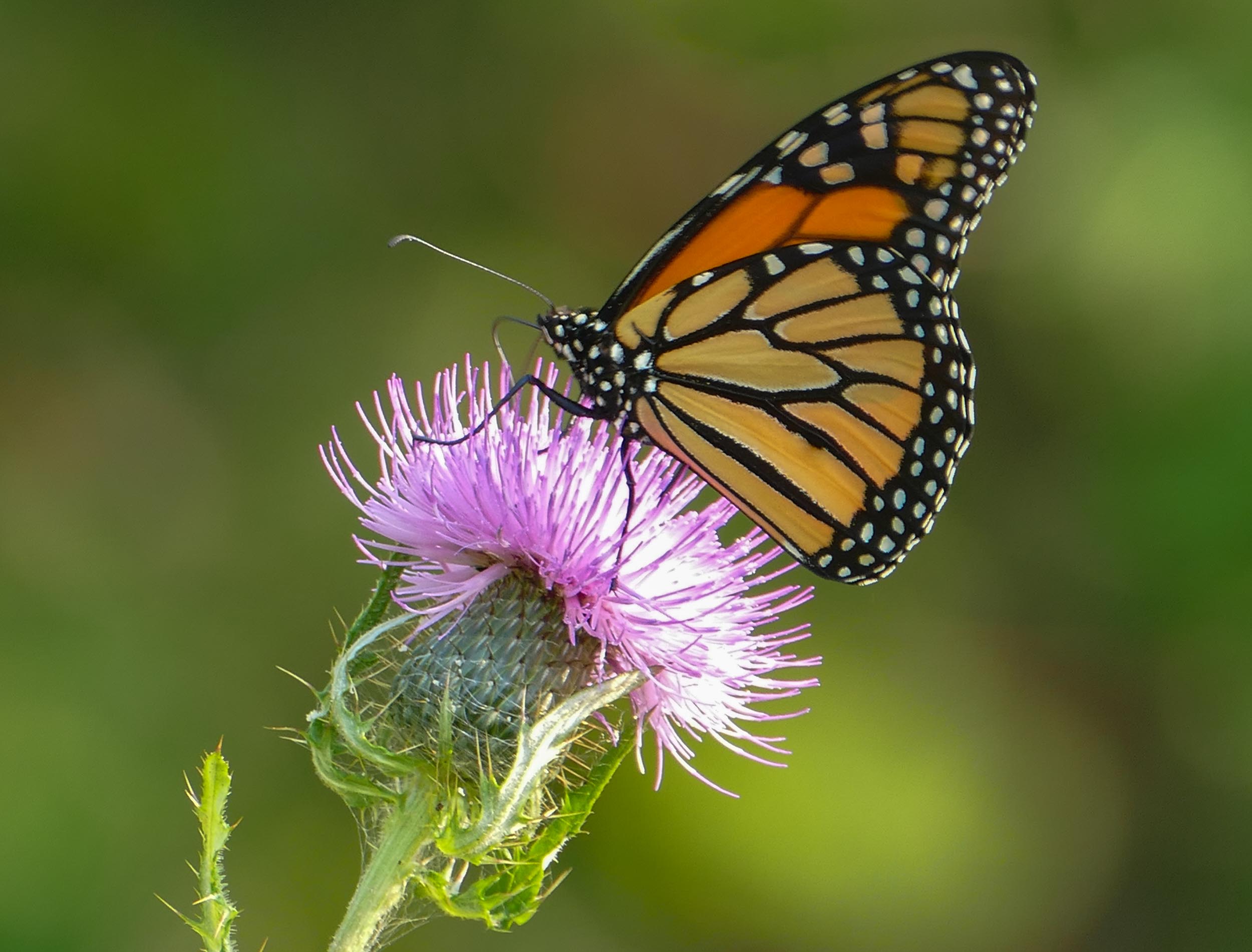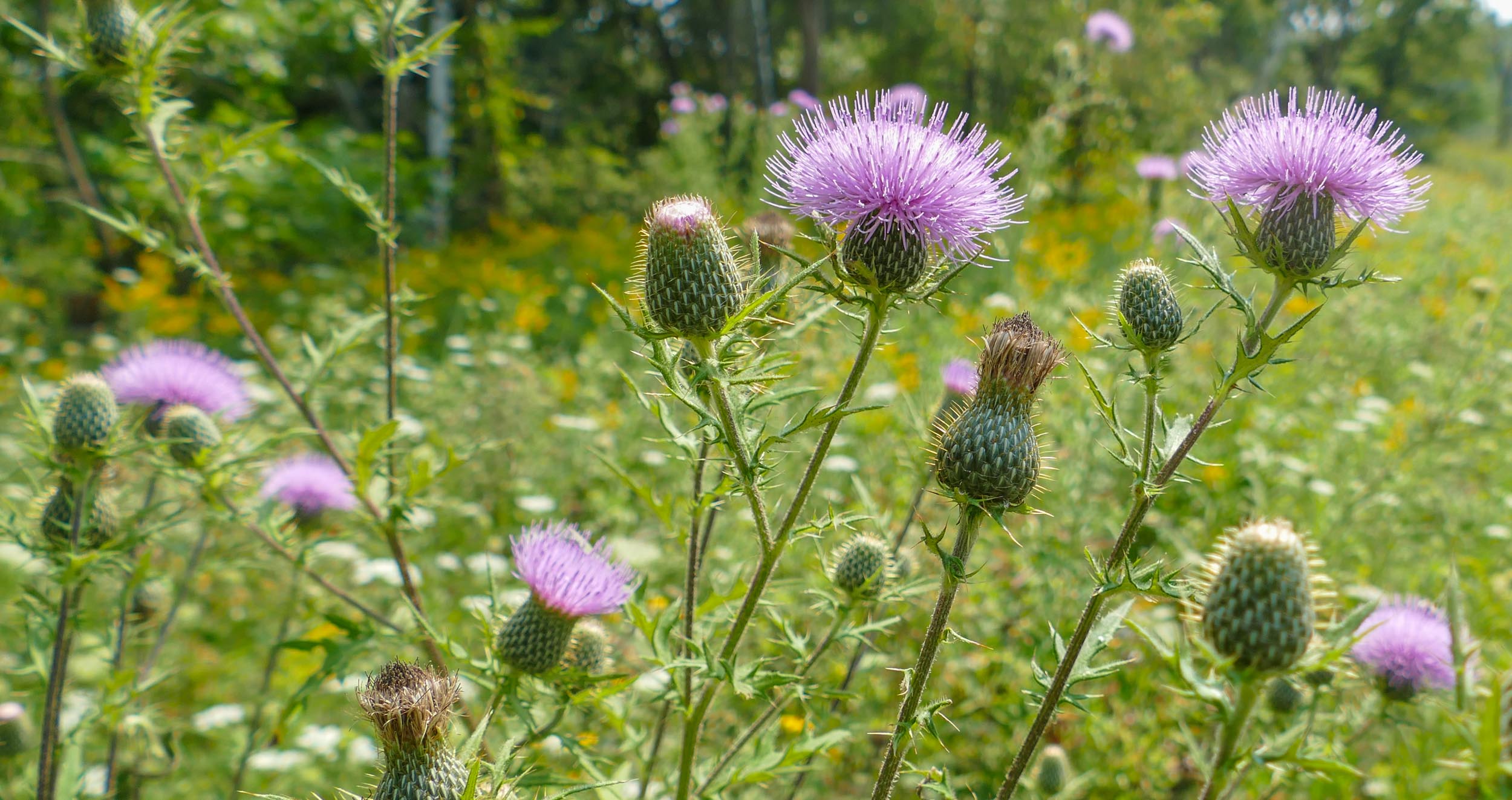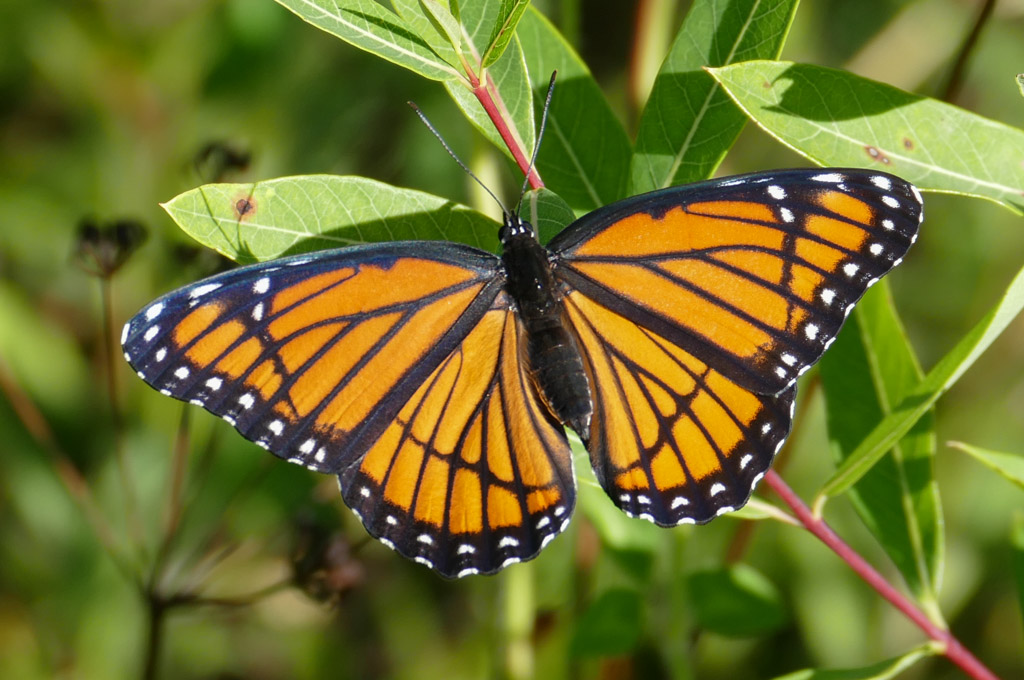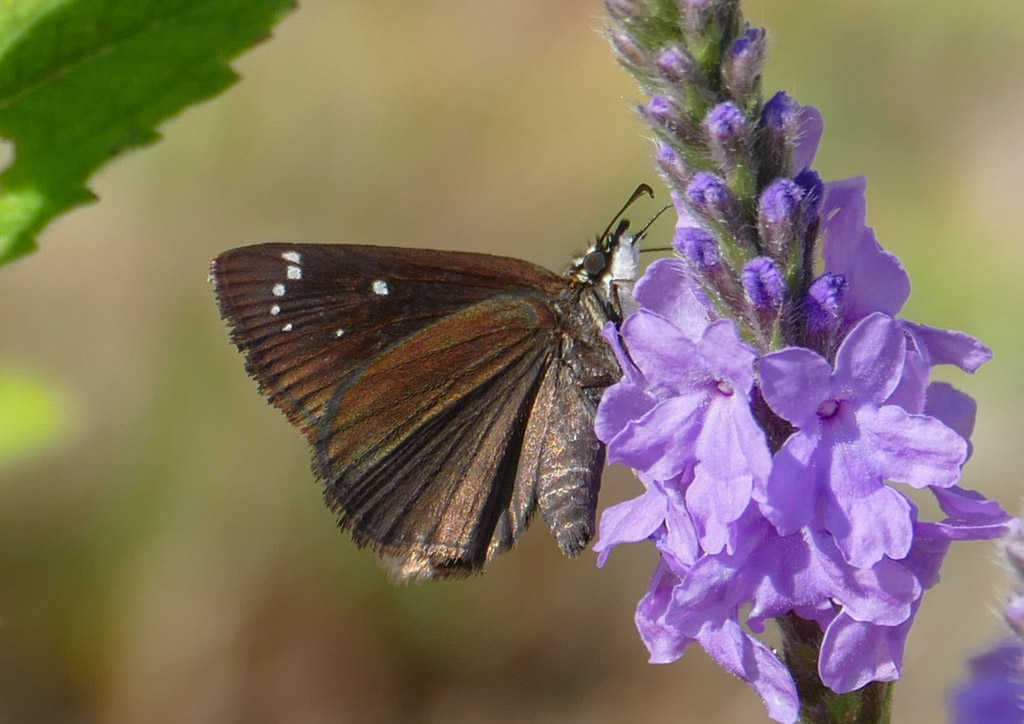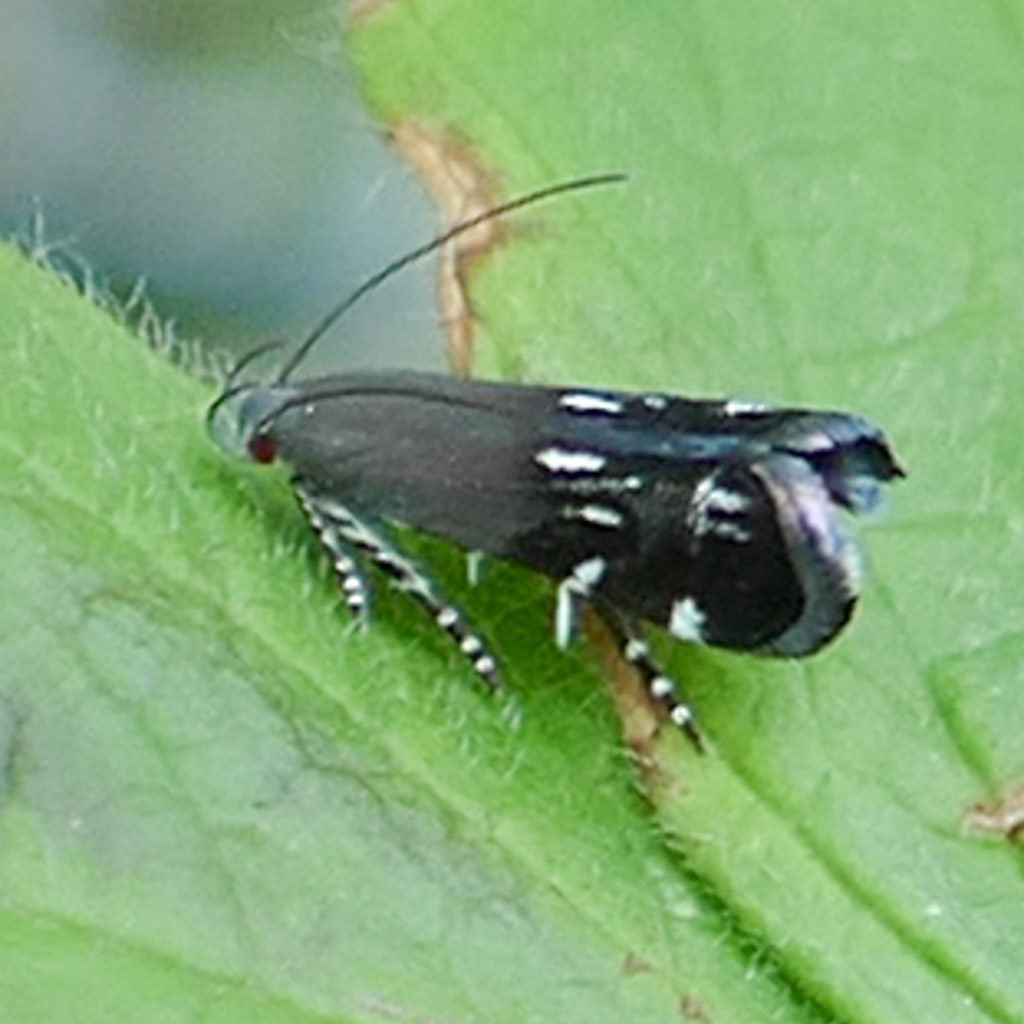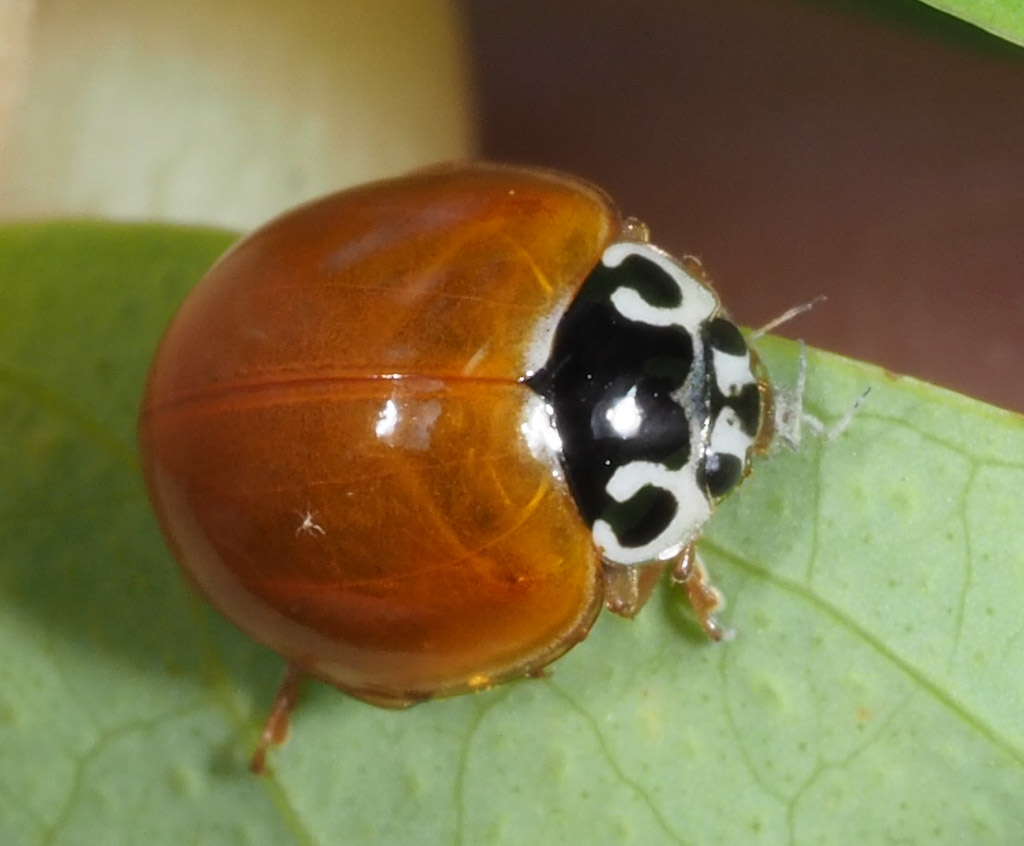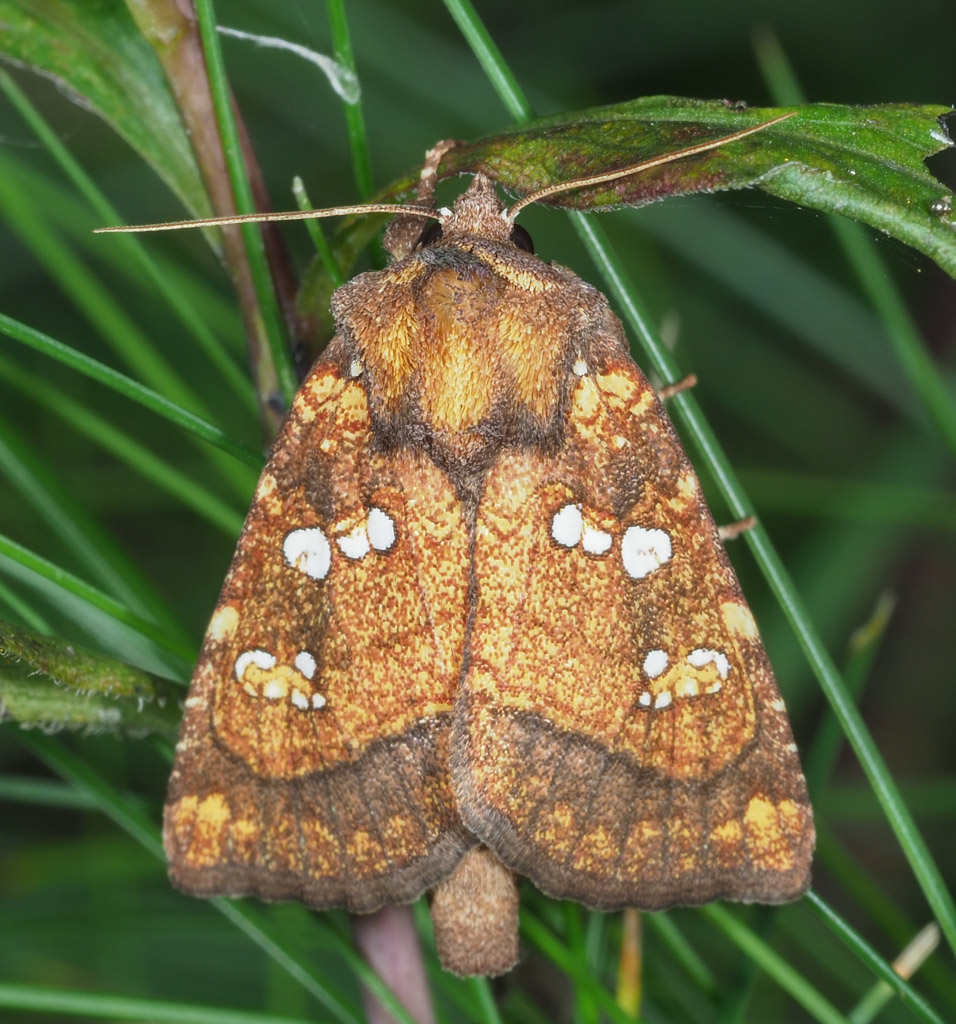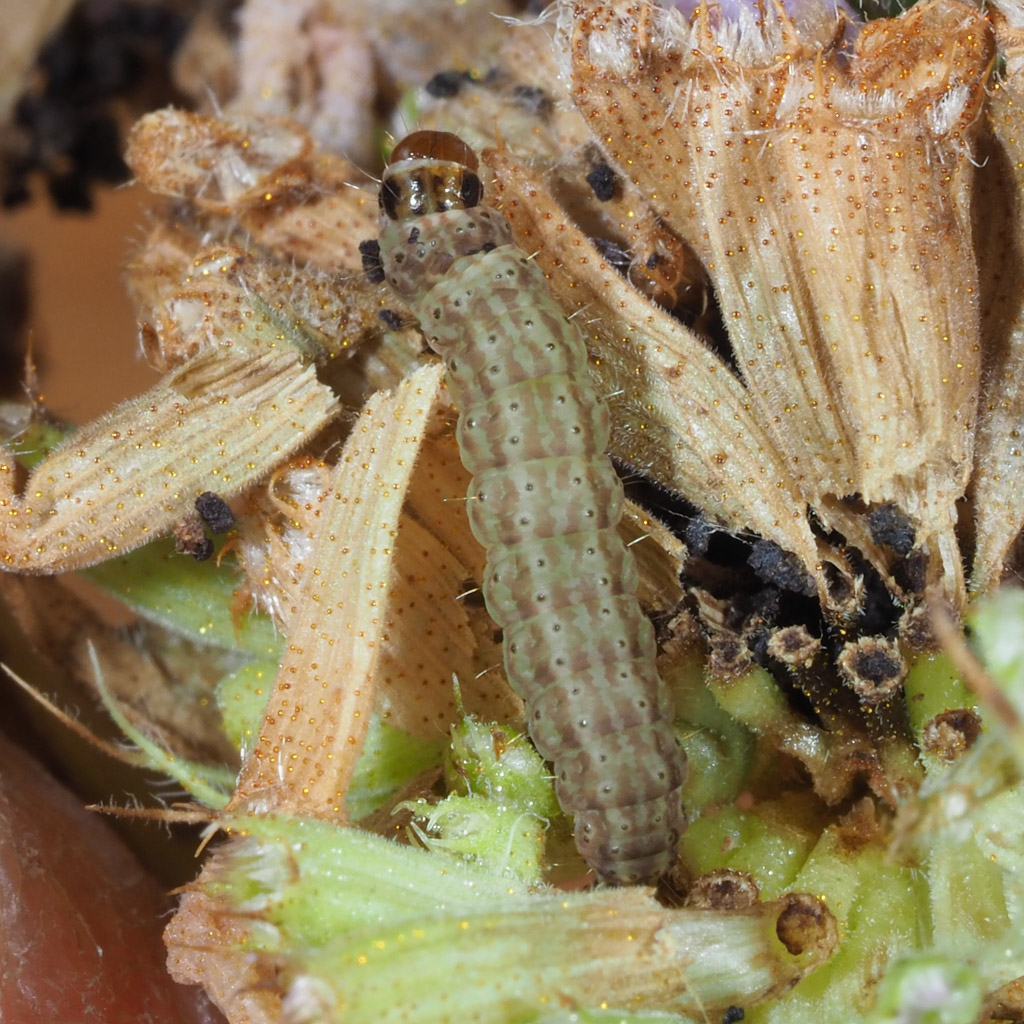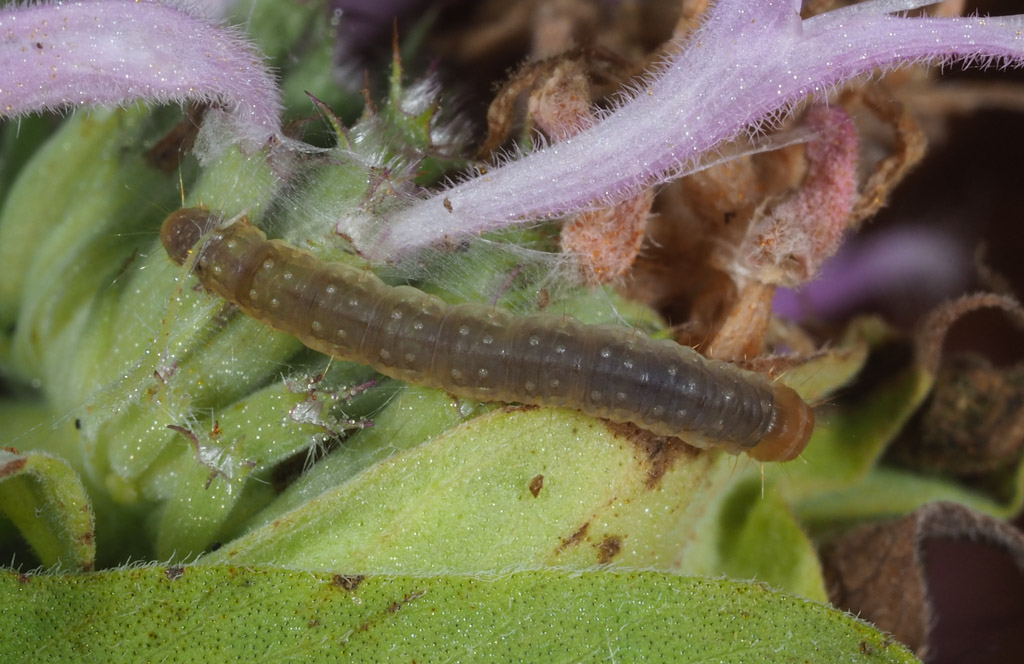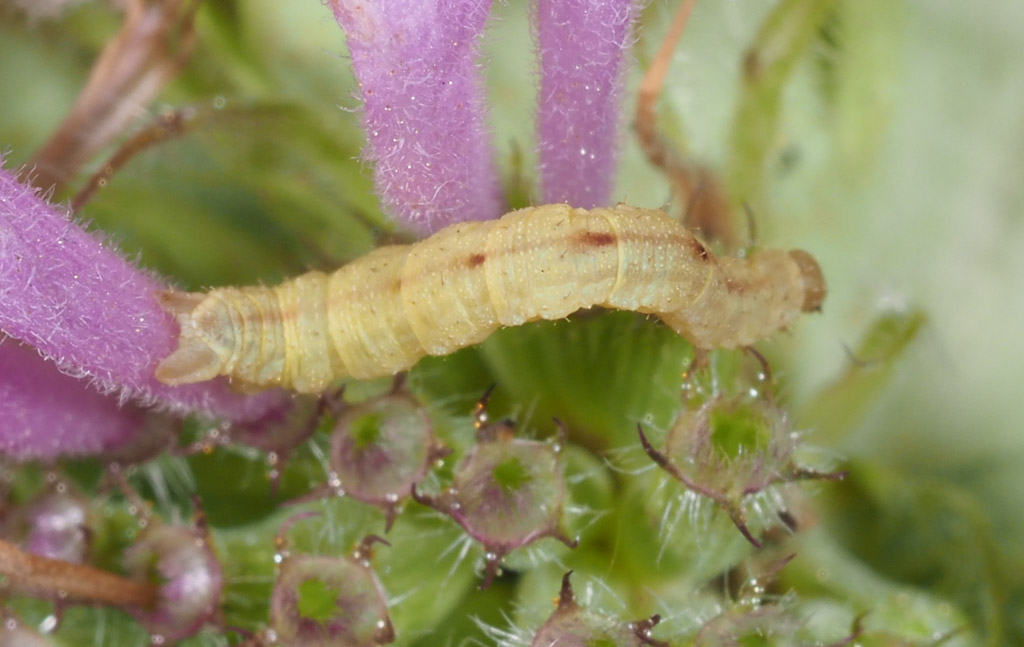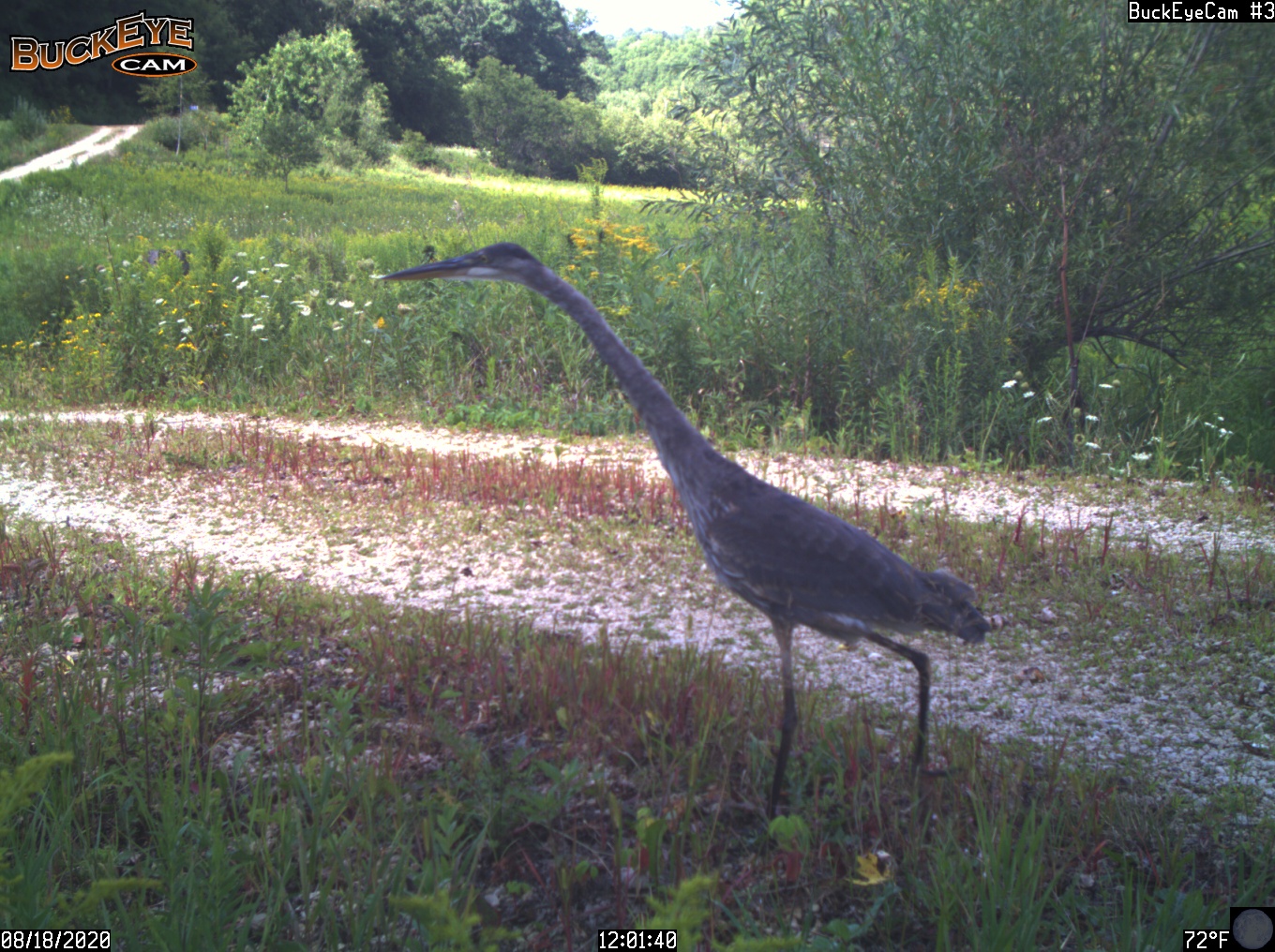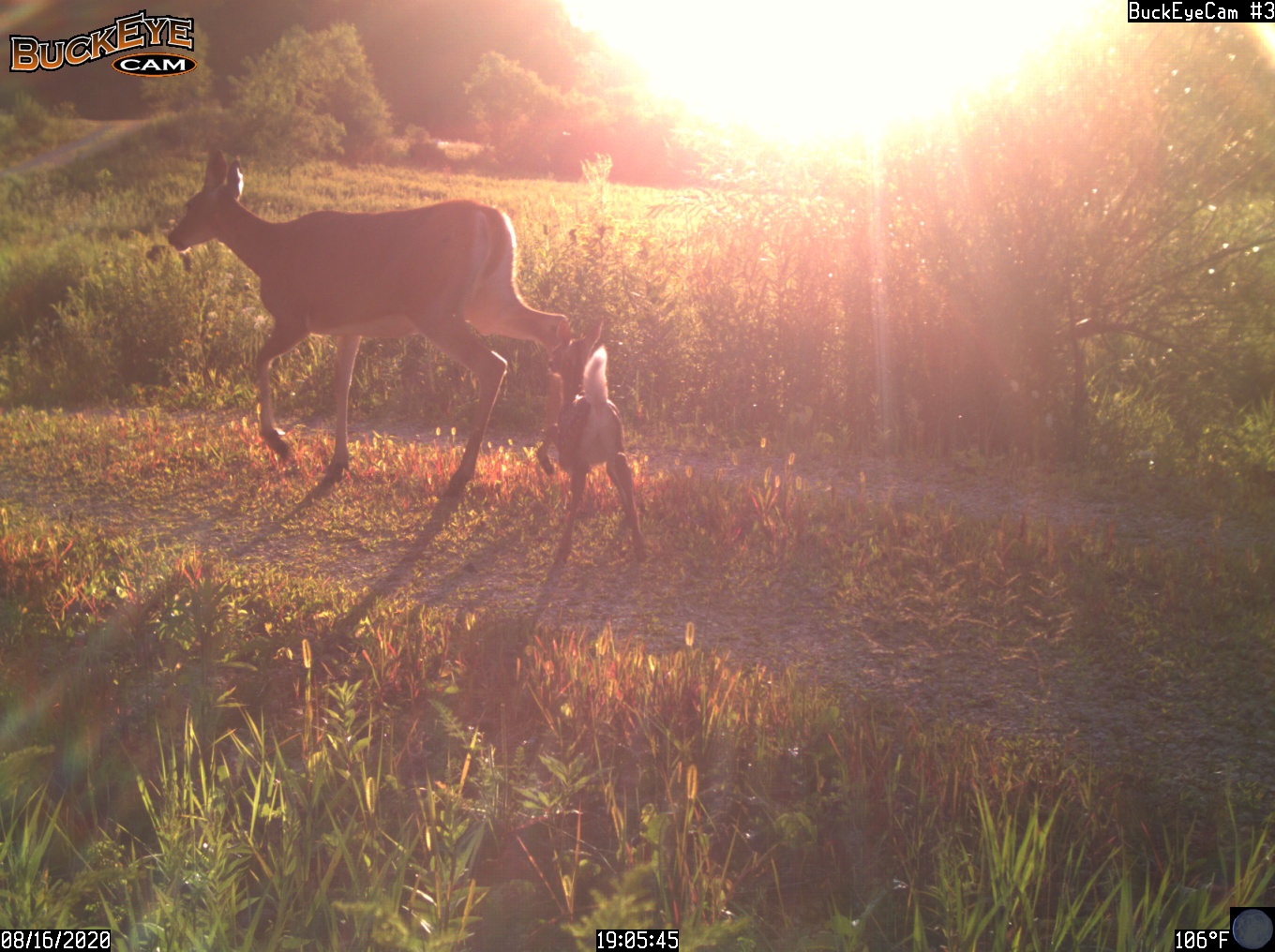It’s been a hot, sunny, dry month. Finally, in the last few days, we’ve gotten a little rain and the plants don’t crunch under our feet as much. Fall flowers are blooming and the leaves of the prairie grasses are changing to their fall colors.
Center Valley still in its summer green.
This is Volvo Meadow – the 3rd summer for this prairie planting. It’s the top of a valley where water drains through into a wooded ravine, so I planted wetland species and they’re thriving.
I found some old photos of Western Prairie showing its progression from corn field to prairie. This is our largest former field – 60 acres. We planted it over 3 years – starting in the fall of 2005 and finishing the last section in the fall of 2007.
Here’s the cornfield – fall of 2002.
Before planting prairie seeds, fall 2005
The view from this summer – August 3, 2020.
Tall Sunflowers in the wetland, with Pine Point Prairie beyond them.
Wetland flowers – Ironweed, Boneset and Joe-pye Weed
The wet end of the prairie near the house with Tall Sunflowers, Blue Lobelia, Swamp Thistle, Brown-eyed Susan and Swamp Betony
Blue Lobelia
It’s been a good summer for bird babies. We’ve watched 5 nests of Barn Swallow babies grow up this summer under the eaves of our house.
This is one of the babies just after leaving the nest. It sat here looking bewildered as its parents and siblings swooped around it.
The 6th nest is still active with – I think – 4 more babies. It’s hard to tell how many because they’re still small enough to be able to hide below the rim of the nest.
For the first time we saw a young Barred Owl – we’re still hoping to be able to find the nest someday. This one was as big as an adult, but it still had baby feathers and face coloring.
A young Red-tailed Hawk that landed on a dead tree right outside our window.
Here are a few prairie flowers….
Monarda – a white-flowered plant
Purple Joe-pye Weed – a summer flower that blooms in shady savannas
Ghost Pipe – the new name for what used to be called ‘Indian Pipe’. These flowers are getting old, so the stalks have twisted around to point up, and the edges are turning black.
I had never noticed before that thistles – at least Tall Thistles – have their white pollen clustered in little clumps at the tops of the anthers. It makes them look even more like fireworks.
Native thistles are important nectar sources for insects, and beautiful additions to native plantings.
Monarch on a native thistle
Field Thistle – another tall native thistle
Monarchs are migrating now – heading south toward Mexico. We’ve been curious about how many monarchs come through here during migration, and when the peak of the migration happens here. So 4 years ago we started counting the monarchs we see on our afternoon walks. We start on August 15, and stop when most of the Monarchs have moved on. Here’s a link to the chart we’ve made of the numbers – Mike updates it every few days. Today we saw 71 – the best day so far this year.
Viceroy
Common Sootywing is a butterfly that’s not actually very common here. I’ve only seen it a few times – twice in the last few weeks.
I’m constantly amazed at how much life I can find on and in plants if I just look closely.
This is a Silver-dashed Anacampsis – a tiny (10-12 mm long) moth that moves around on the upper surface of a leaf so it looks like it’s dancing. It’s a moth I’d never seen before – it would be fun to figure out what its caterpillar eats and try to find and rear one.
A native ladybeetle – called a Polished Lady Beetle. It’s a predator of aphids – you can see some aphid legs sticking out of its mouth.
This amazing creature came to my moth lights. It’s a female Pelecinid Wasp. The long extension of her abdomen is an ovipositor which she uses to lay eggs on the larvae of scarab beetles which live in soil or decayed wood. Her larvae then kill and eat the beetle larvae.
Here’s one of the caterpillars I’ve been rearing inside of potatoes all summer. I found it living in the stem of Wood Betony, and enticed it into a hole in a potato so I could keep it in a jar and see what it turned into.
This is the adult that emerged from the potato – a Northern Burdock Borer. Its caterpillars eat inside the stems of many different plants including thistles and burdock.
I still have quite a few caterpillars in jars. These 3 were all living in Monarda flowers. Every Monarda flower I’ve checked this summer has had at least one caterpillar inside. (Click on the links to see photos of what I think the adults will be.)
I think this one is a Raspberry Pyrausta – named for the color of the adult.
I think this one is a Sparganothis Fruitworm.
And I think this one is a Eupithecia – one of several similar species.
I’m hoping they’ll all survive to adulthood so I can test my guesses.
And here are 3 recent photos from our trail cameras.
American Crow – looking like it should be in a Halloween movie.
Great Blue Heron
Doe and fawn crossing the creek at sunset


